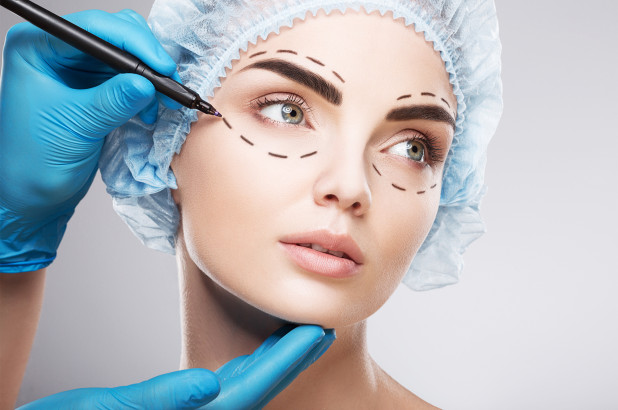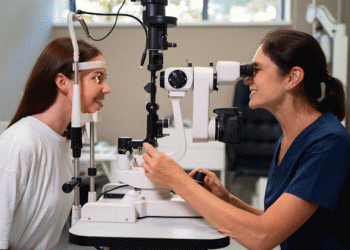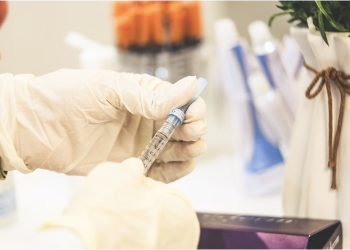The number of people seeking plastic surgery continues to increase every day. Advancements in medical technology have made plastic surgery procedures safe and increased the options patients can consider. Modern plastic surgery procedures involved different techniques used to manipulate and move body tissue.
However, plastic surgery isn’t as simple and fast as it seems. Therefore, you must understand how plastic surgery is done before undergoing your procedure. Mostly, you get the details of your procedure during the consultation stage with your plastic surgeon.
With that, let’s look at how plastic surgery is done.
Skin grafts
This procedure involves the removal of healthy skin from an unaffected area of your body, which is used to cover damaged or lost skin. There are two types of skin graft procedures:
- Split or partial thickness skin graft – in this procedure, a surgeon removes a thin layer of the patient’s skin from a part that heals well, like the calf, thighs, or buttocks.
- Full-thickness skin graft – the surgeon removes the full-thickness of the skin, which includes the top layer, together with the underneath layers, and then closes the area. The common sites include your neck, groin, upper arm, and behind the ear.
Before a skin graft procedure, the surgeon administers local or general anesthesia. The anesthesia required for your procedure depends on the location or size of the affected part. Typically, doctors use stitches, clips, special glue, or staples to hold the skin graft in place. Then, they use a sterile dressing to cover the area until it connects with the adjoining blood supply. This takes an average of 5 – 7 days.
Also, the surgeons will place a dressing over the part where they removed the skin—also known as the donor site. This helps to protect the area from infection. It takes an average of 2 weeks for the donor area to heal if you undergo a partial-thickness skin graft. For a full-thickness skin graft, on the other hand, it takes an average of 5 – 10 days to heal because the donor site is very small, and closed with sutures.
In the first few days, the grafted area has a reddish-purple appearance. However, this fades with time. This can even take 12 – 24 months for the skin’s appearance to fully settle down. Also, there might be a slight difference with the final color, and the surgical area can have slight indentations.
Tissue expansion
This is a plastic surgery procedure performed to encourage your body to develop extra skin by enlarging the adjoining tissue. Typically, the extra skin helps to rebuild the nearby area. Mostly, this form of plastic surgery is performed for bread reconstruction, or to repair scarring or skin damages because of trauma or birth defects.
Surgeons use general anesthesia for tissue expansion procedures. During the surgery, the doctor will insert a balloon-like device known as an expander beneath the skin adjoining the area that needs the repairs. Then, they gradually fill the device with saltwater, thus making the skin stretch.
According to the female cosmetic surgeon from LabelleVie, the time required for the tissue expansion varies, and it’s greatly determined by the size of the area being treated. If a large area requires tissue expansion, it can take up to 4 months for your skin to grow. During this period, the expander creates a bulge in your skin.
Once the skin has expanded to the required size, your surgeon will perform a second procedure to remove the device and adjust the new tissue. The second procedure ensures that repaired skin has the same texture and color as the surrounding skin. There are minimal chances of the repair failing since the skin’s blood supply stays connected.
Flap surgery
During flap surgery, the surgeon transfers a living part of body tissue from one area of your body, to another, together with the blood vessels that keep that part alive. There are numerous reasons behind flap surgery, including breast construction, large wounds, open fractures, and improving cleft lip and cleft palate.
In some cases, the patient’s skin remains partly attached to their body, thus making a flap. During the surgery, a surgeon repositions the flap and stitches the damaged area. However, a free flap can be used for complex construction procedures.
In this procedure, a surgeon removes a piece of skin, together with its blood vessels from one area of your body, and reconnects it to the affected area. The doctors rely on a technique known as microsurgery to connect the tiny blood vessels to the affected area. Free flaps are mostly used in cases where specific types of tissues are required for the procedure. The doctor can use local or general anesthesia, depending on the size or location of the flap.






